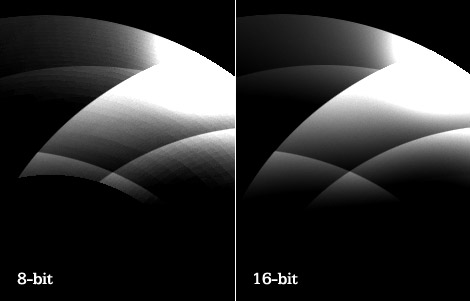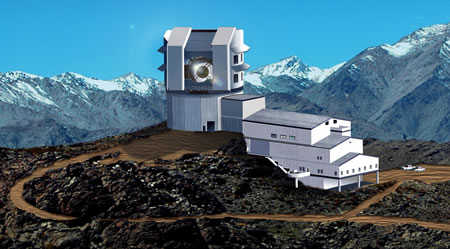Atoms vs Bits
Atoms  The "smallest" possible piece of matter
(well not really but we won't worry about quarks here). Arrangements
of atoms give us the periodic table of elements . You can regard this as a protocol. The "smallest" possible piece of matter
(well not really but we won't worry about quarks here). Arrangements
of atoms give us the periodic table of elements . You can regard this as a protocol.
Bits  The smallest possible piece of information.
By protocol (discussed above) we can define bits to represent larger
pieces of information. The smallest possible piece of information.
By protocol (discussed above) we can define bits to represent larger
pieces of information.  The physics
will enter into this when we figure out how to represent bits by
electrons. Then you can transmit information! The physics
will enter into this when we figure out how to represent bits by
electrons. Then you can transmit information!
Atoms and Bits are linked.
Think about a book? It has a physical form which is composed of
atoms but it contains information which is composed of bits. In principle
this means one can build an atomic computer where the individual atom is the
bit  eventually we will do this. eventually we will do this.
In the coming decades, research at the quantum level will continue to benefit from the manipulation of single atoms and molecules through devices like optical traps. The necessary technological developments for that manipulation will allow physicists to treat atoms as "bits" of information for the purposes of quantum computing.The growth in our ability to manipulate bits in this century will affect society as much as our growth in our ability to maniuplate atoms did in the last century. That is, the information revolution is very similar to the industrial revolution.
Measuring Information:
- 1 Byte = 8 bits
- 1 Kilobyte = 1000 bytes = 1K
- 1 Megabyte = 1000K = 1 meg
- 1 Gigabyte = 1000meg = 1 Gig
- 1 Terabyte = 1000Gigs = not yet a household term
Some equivalencies:
- A single spaced page of text = 2K
- A four minute (uncompressed) song on a CD = 35 Megs
 which
is why Napster melted networks initially back in the data which
is why Napster melted networks initially back in the data
- Compression matters; MP3 would reduce that 35 Megs down to
about 5
 so now you have two choices - build a faster network or do better data compression. so now you have two choices - build a faster network or do better data compression.
- A full length movie (uncompressed) = 150 Gigs
 compression gets it down to 7 Gigs which is the DVD format (again, three cheers for compression).
compression gets it down to 7 Gigs which is the DVD format (again, three cheers for compression).
Generally storage size for images can be calculated as follows:
Storage in Megabytes = number of pixels x bits per pixel.
So, supposed you have a 1 megapixel camera and each pixel contains
16 bits of information.
Total image size is then 1 million x 16 bits = 16 million bits.
8 bits per byte so that is 2 million bytes or 2 Megabytes.
The number of bits per pixel determines the dynamic range available in the image.

Currently Astronomers are building the largest
digital camera ever constructed at 3.2 Billion pixels (that's 3200 mega pixels):

and to be put in a location
like this:

|